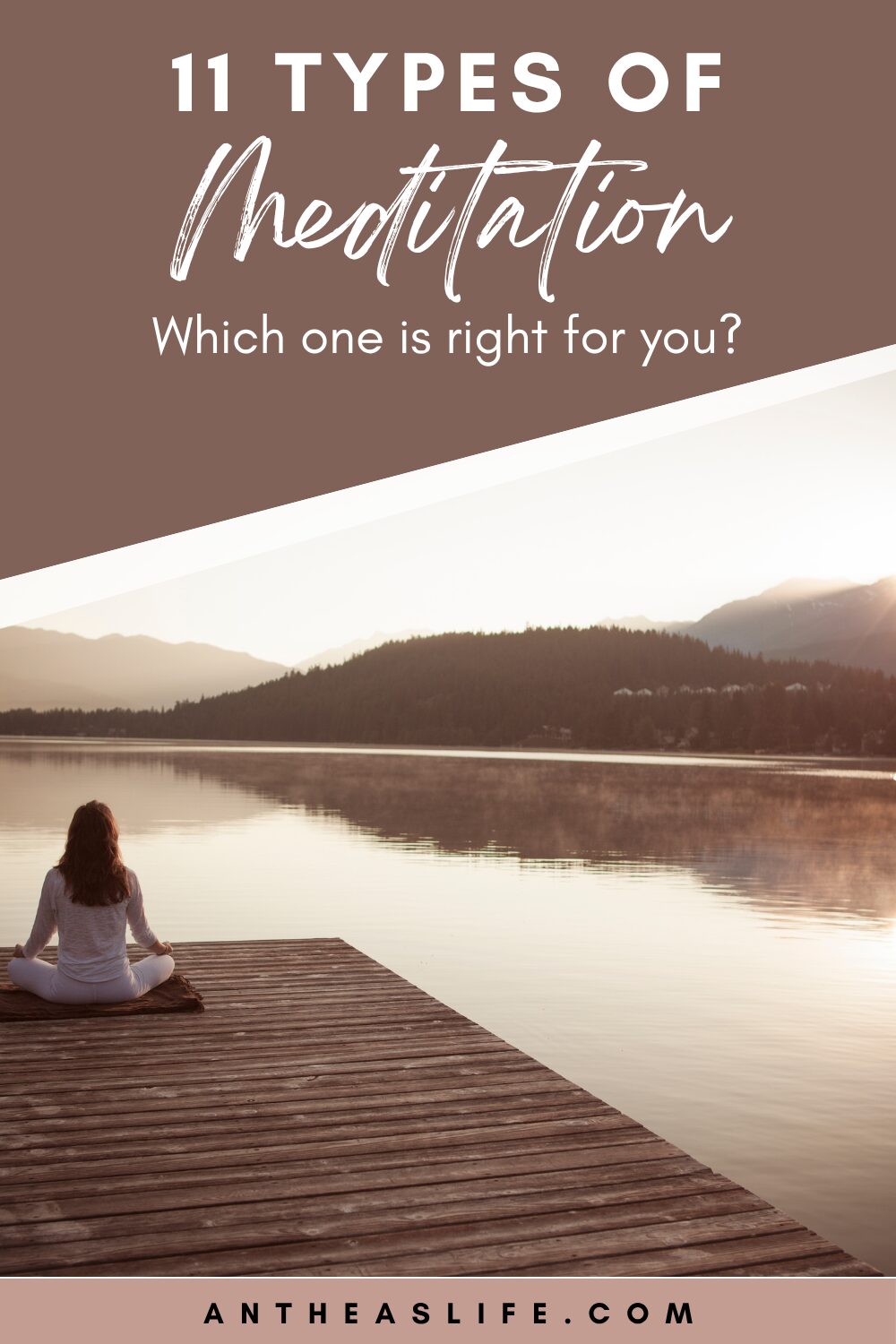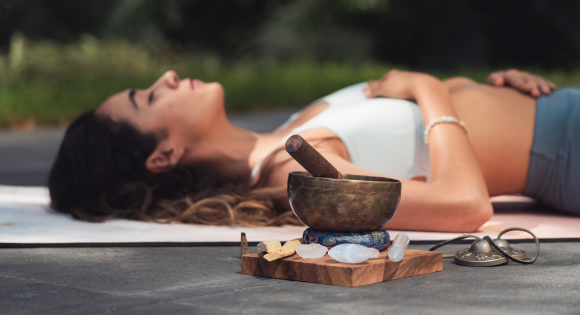The beauty of meditation is that it is not a one-size-fits-all practice. Meditation is an excellent practice for the mind and body, and there are different types of meditation – ones to suit different needs. Whether you’re looking to manage stress levels, improve sleep, or simply connect more deeply with yourself, you are bound to find a meditation practice that can support your goal.
Have a look at these different types of meditation—some are more traditional, while others are modern, however, they are all deeply transformative practices:
11 Types of Meditation – Which One is Right For You?

1. Mindfulness Meditation
Mindfulness meditation focuses on the present moment by being observative of your thoughts, feelings, and sensations without judgment. Many individuals use breath awareness as an anchor. Mindfulness meditation is most suitable for mental clarity, emotional regulation, and stress relief.
2. Loving-Kindness Meditation (Metta)
With loving-kindness meditation (Metta) you silently send compassionate and kind phrases to others or yourself, slowly expanding your circle of loving intention. This type of meditation is used to build empathy, heal emotional wounds and to let go of resentment.
3. Transcendental Meditation (TM)
With TM (transcendental meditation) silent mantras are repeated inwardly. The aim is to transcend ordinary thoughts and enter a deeply restful state. Transcendental meditation is most suited for lowering anxiety, practicing deep relaxation, and restoring mental energy.
Related: Meditation For Beginners: 5 Tips for Building a Consistent Practice

4. Guided Meditation
Guided meditation is performed by listening to a recording or a teacher – it usually encompasses affirmations, body awareness prompts, and visualization. This type of meditation is ideal for beginners and is most suitable for focused intentions (for example confidence, sleep, etc.).
5. Walking Meditation
When you’re practicing walking meditation, you are aware of every step, bodily sensation, and breath while walking, whether outdoors or indoors. This type of meditation is best for people that have issues with grounding, sitting still, or mindful movement.
6. Sleep Meditation (Yoga Nidra)
Sleep meditation is a guided and relaxing meditation practice performed while lying down. It is designed to lead your body towards a meditative resting state or sleep. This meditation is suitable for those suffering from insomnia or individuals who are looking to calm their nervous system or enjoy deep body relaxation.

7. Eating Meditation
Eating meditation is exactly what the name suggests – while eating, practice mindfulness and focus on the texture, taste, and smell of the food and how your body feels when you’re eating. Eat slowly and savor every single bite. This type of meditation is perfect for those who want to eat mindfully, breaking unconscious habits while improving digestion and adopting healthier eating habits.
8. Body Scan Meditation
With body scan meditation you mentally scan your full body – from head to toe, being aware of physical sensations with calm awareness, not changing anything. This type of meditation is best for tension release, reconnecting the body, or grounding.
9. Zen Meditation (Zazen)
Zen meditation is a minimalistic form of meditation derived from Zen Buddhism. It involves a seated posture, quietly observing thoughts, and breath awareness. Zen meditation is perfect for cultivating inner discipline and presence, non-reactively.

10. Vipassana Meditation
Vipassana meditation is a deep form of insight meditation where you focus on breathing and bodily sensation in order to understand the nature of reality. If you’re looking for spiritual clarity, ego detachment and personal transformation, then Vipassana meditation is perfect for you.
11. Silence Meditation
Silent meditation involves merely sitting in absolute stillness and silence. It doesn’t involve mantras, music, or guided instructions. The emphasis is purely on presence and being.
People in search of spiritual connection and inner peace usually benefit from silence meditation. It’s also best for introspective practitioners.
Final Thoughts
There’s no “right” or “wrong” way to meditate— it’s about what best works for you. You might begin your meditation journey with guided meditations, then further explore other types like walking or silence. Or for some, they may find nourishment in mindful eating or deep rest through sleep meditation.
Start small, be consistent, and stay curious. Each moment is an opportunity to turn inward.
I hope you have enjoyed my post about the different types of meditation, and that you will find one that is perfect for your individual needs.
Sending you much love, light, and mindful thoughts!
Anthea

